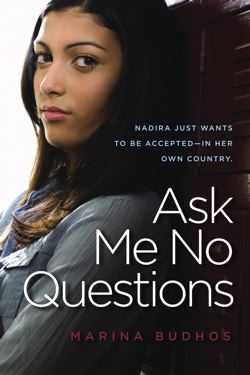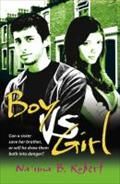By Seemi Aziz, University of Arizona
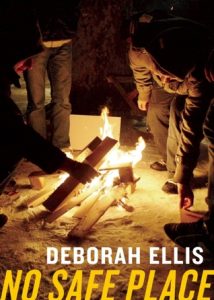 The well-executed plot of No Safe Place by Deborah Ellis follows the journey to freedom of three undocumented immigrant children. While the children struggle to reach the shores of England, a British orphan, released from the bonds of an oppressive uncle, joins them. These children, Abdul from Baghdad, Cheslav from Russia, Jonah from England, and the only female, Rosalia, a Romani, develop throughout the story. Ellis depicts a rich cultural background of the countries with distinct circumstances for each character. This story begins in France and culminates in England, providing a fine description of the traumatic lives many immigrants lead in France.
The well-executed plot of No Safe Place by Deborah Ellis follows the journey to freedom of three undocumented immigrant children. While the children struggle to reach the shores of England, a British orphan, released from the bonds of an oppressive uncle, joins them. These children, Abdul from Baghdad, Cheslav from Russia, Jonah from England, and the only female, Rosalia, a Romani, develop throughout the story. Ellis depicts a rich cultural background of the countries with distinct circumstances for each character. This story begins in France and culminates in England, providing a fine description of the traumatic lives many immigrants lead in France.
Continue reading


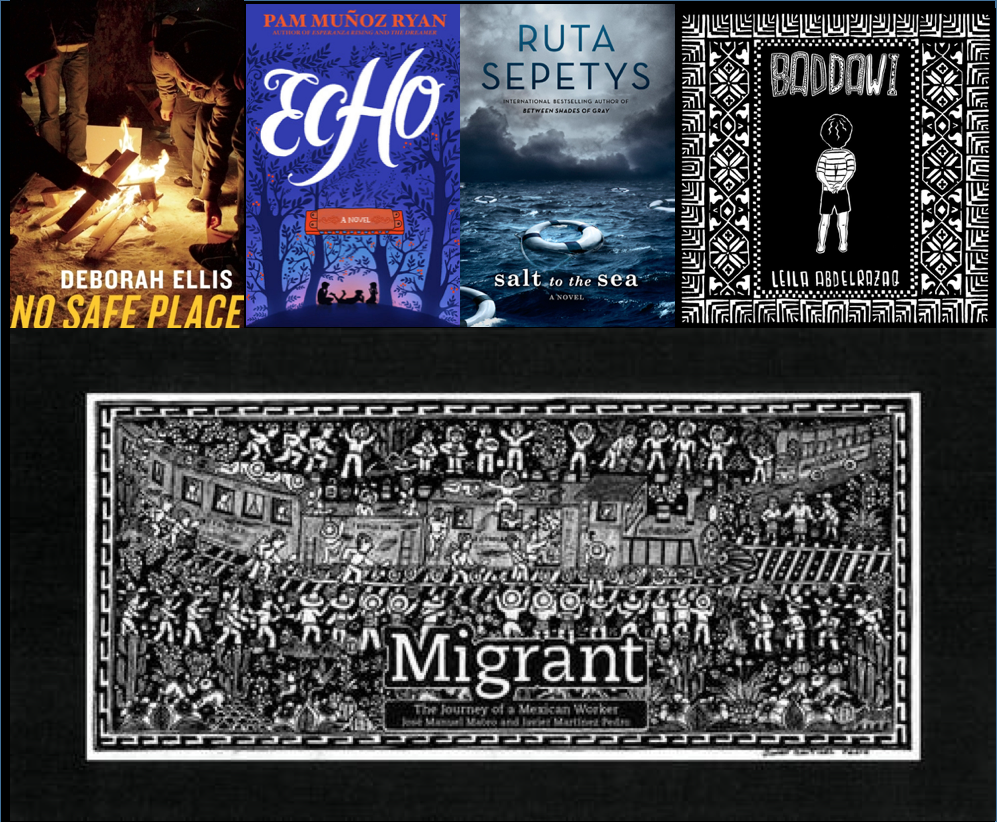
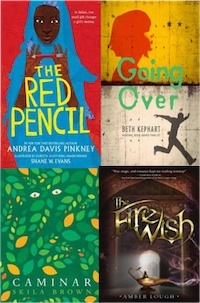
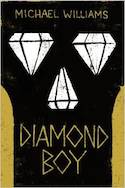 The first book that had an impact on the discussion of diaspora was Diamond Boy by Michael Williams. This story is about Patson Moyo a 15-year-old living with his father, stepmother and sister in Zimbabwe. His father is a schoolteacher who believes in his profession with all his heart but the stepmother wants more financially. The search for ‘more’ takes them to the Marange diamond fields; a portion of which belongs to the stepmother’s brother.Here the family divides as the stepmother opts to stay with her brother’s large family of two wives and children while Patson and his father and sister are driven to live in tobacco sheds while they search for their fortune in a ‘girazi’ (a priceless stone) that would change their lives forever.
The first book that had an impact on the discussion of diaspora was Diamond Boy by Michael Williams. This story is about Patson Moyo a 15-year-old living with his father, stepmother and sister in Zimbabwe. His father is a schoolteacher who believes in his profession with all his heart but the stepmother wants more financially. The search for ‘more’ takes them to the Marange diamond fields; a portion of which belongs to the stepmother’s brother.Here the family divides as the stepmother opts to stay with her brother’s large family of two wives and children while Patson and his father and sister are driven to live in tobacco sheds while they search for their fortune in a ‘girazi’ (a priceless stone) that would change their lives forever. 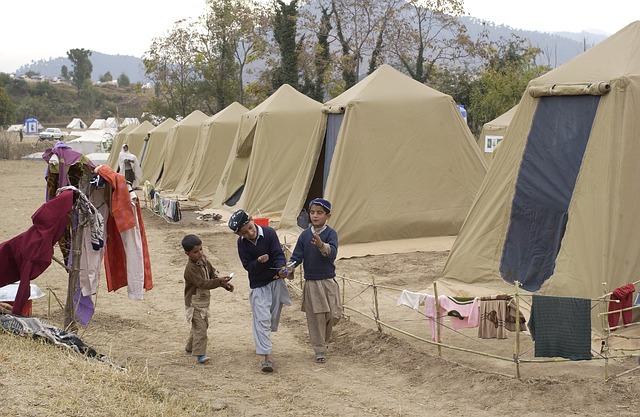
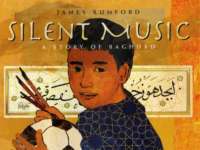 In Jeanette Winter’s
In Jeanette Winter’s 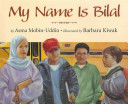 After looking at the 11 picturebooks in this collection I came away with the realization that these books merely covered a few regions that Muslims occupy as well as a handful of situations. These limited portrayals provide only a window of restricted representations. For instance, the necessary voices of children living in the Western countries are represented in books that come across as didactic and may turn off the audience in western countries even if the content is culturally relevant. Amira’s Totally Chocolate World and Mobin-Uddin’s
After looking at the 11 picturebooks in this collection I came away with the realization that these books merely covered a few regions that Muslims occupy as well as a handful of situations. These limited portrayals provide only a window of restricted representations. For instance, the necessary voices of children living in the Western countries are represented in books that come across as didactic and may turn off the audience in western countries even if the content is culturally relevant. Amira’s Totally Chocolate World and Mobin-Uddin’s 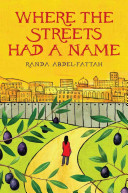 As I work on a project evaluating the authenticity of Muslim Voices in text I have been surprised by the number of books out there that are both of quality and taste. As an educator scholar of the Muslim Voices Project, being conducted under the auspices of the Humanities Council New York, I helped suggest and select the following list – still in need of some abridgement. As I read and evaluate the list I will share my thoughts about some of them in this forum. The list along with a short descriptor is as follows:
As I work on a project evaluating the authenticity of Muslim Voices in text I have been surprised by the number of books out there that are both of quality and taste. As an educator scholar of the Muslim Voices Project, being conducted under the auspices of the Humanities Council New York, I helped suggest and select the following list – still in need of some abridgement. As I read and evaluate the list I will share my thoughts about some of them in this forum. The list along with a short descriptor is as follows: 